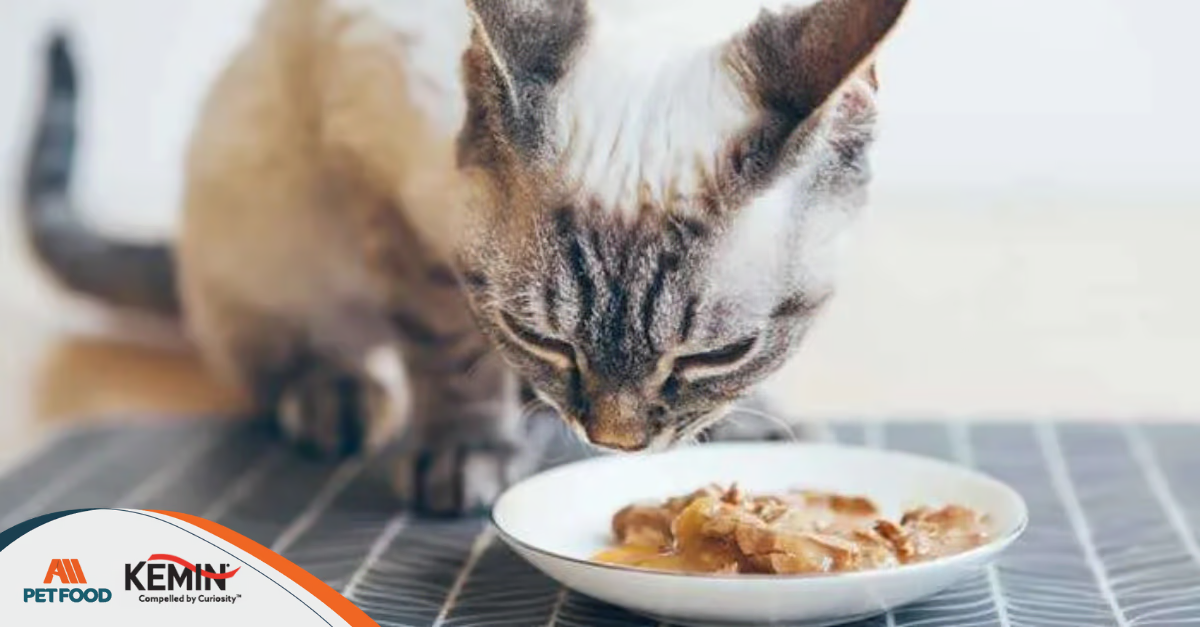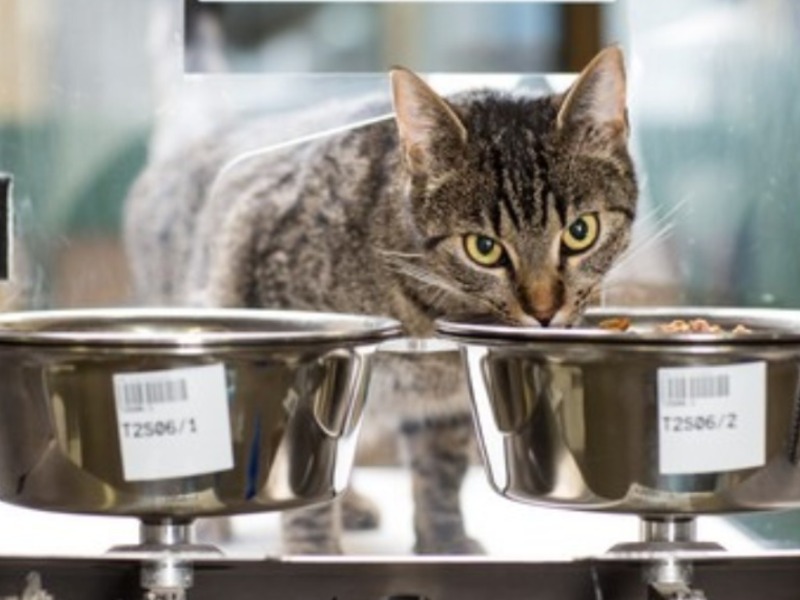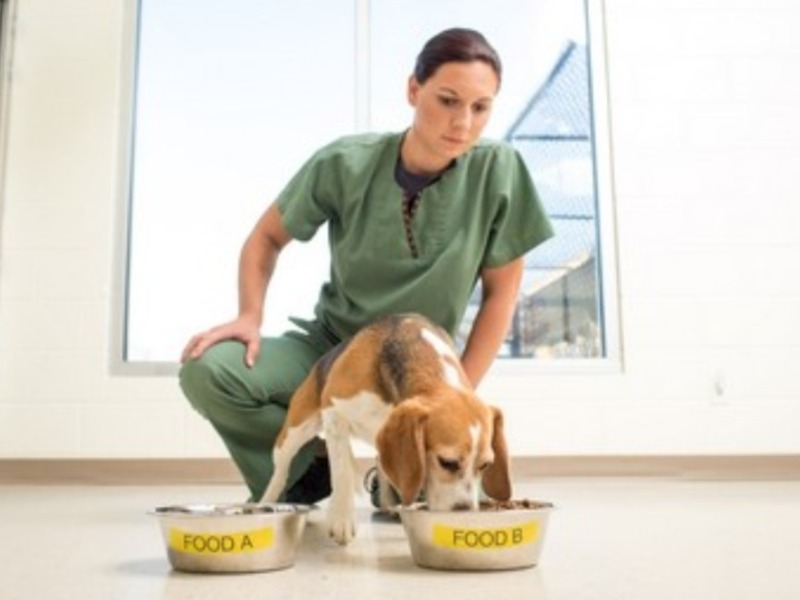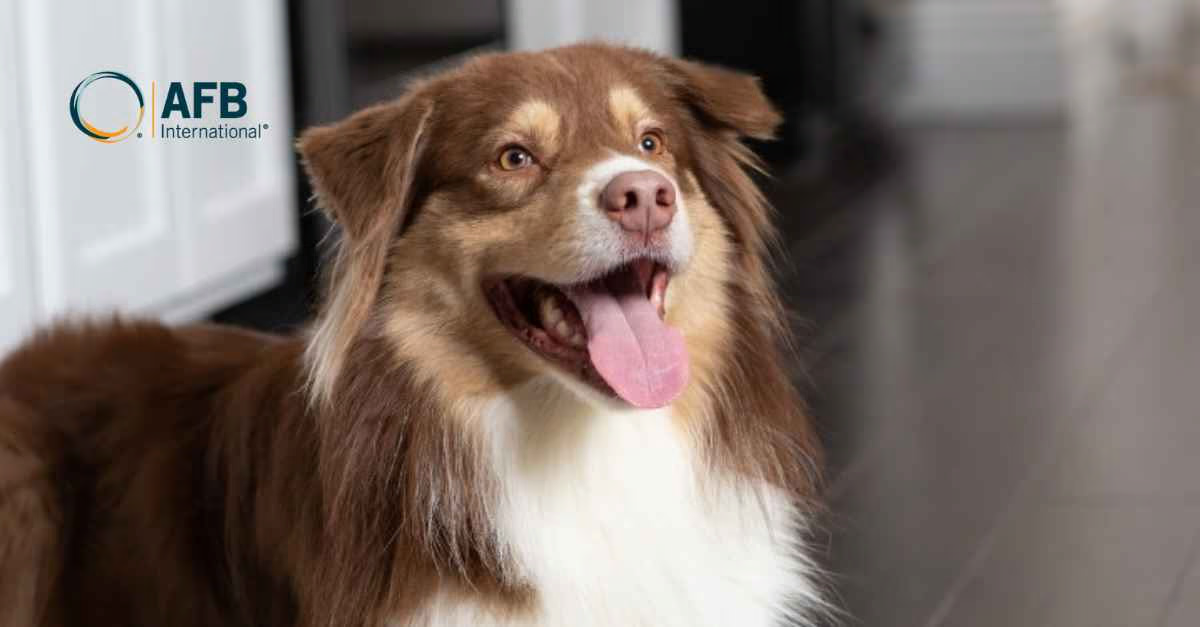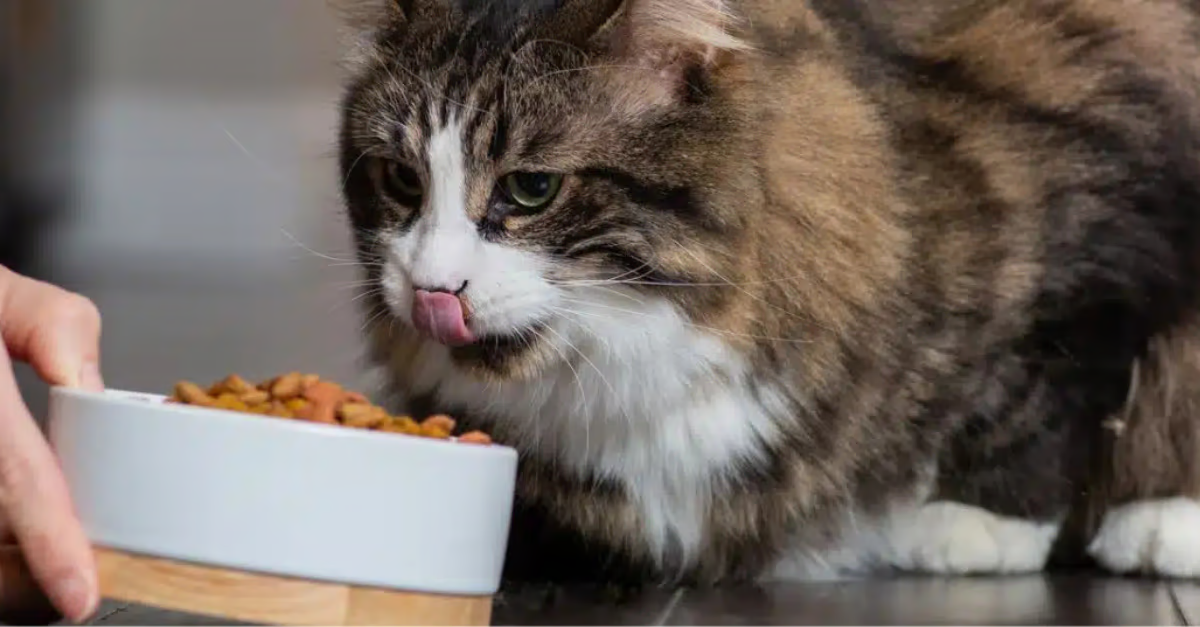Pet food palatability is the result of what we at AFB International call 'the triangle of palatability success ingredients, palatants and processing. Fats can provide important functions on all three sides of the triangle.
As research and development director at AFB's European headquarters in Oss, The Netherlands, it my job to understand the science behind palatability and to share technical insights for delivering palatability performance with customers and colleagues.
FATS IN INGREDIENTS
Fats may be naturally present in ingredients chosen for a pet food formulation. These fats can serve as a source of important Omega-6 and Omega-3 fatty acids, boosting nutritional value, as well as flavor for pets.
Pet foods that include Omega-6 and Omega-3 fatty acids in ratios between 10-to-1 and 5-to-1 have been shown to have health benefits, including reduced risk of heart disease, joint problems and other issues related to inflammation.
FATS AS PALATANTS
Fats can be applied topically or internally to pet food.The most common topically applied fats are animal fats. Chicken fat provides high palatability but also greasiness, while pork offers a less-greasy but less palatable alternative. Both chicken and pork fat have a low melting point, keeping them liquid at lower temperatures.
Beef fat is used less often because of the need for a beef-free claim in many countries and because of its high melting point, causing it to become hard at temperatures from 20 to 25 degrees Celsius.
For total fat application, up to 8% may be used in a dry pet food formulation with a single-screw extruder. Fish and flaxseed oils are some examples of the most common fats used as internal sources. Fats generally aren't used internally at high application levels because of their negative effect on the expansion rate, which correlates to increased specific weight of the kibble.
FATS IN PROCESSING
Choosing a high-quality fat and processing it to maintain its quality is critical. Adding antioxidants immediately during the rendering process and maintaining a proper storage temperature before and after application are keys to success.
How fats are applied in pet food production is important, too. As noted, fat may be applied topically or internally, though topical application is used about 80% of the time. The most common processes for adding topical fats are drum coating, vacuum coating and spinning disk coating.
A fat often is combined with liquid or dry palatants— or both. When used in combination, the fat is applied first, then the liquid palatant, then the dry palatant. This order helps ensure the dry palatant will adhere better, as well as keeps the fat from masking the effect of the dry and liquid palatants.
Marketplace
ENSURING FAT QUALITY
Pet food scientists know fat is an important ingredient in pet food. However, not all fats are quality fats and even high-quality fats need to be treated to ensure they maintain that quality. That's why it's crucial for all disciplines within pet food producers—from purchasing and sales to marketing and general management—to understand how the investment in good fat quality contributes to pet food palatability and, ultimately, the bottom line.
Fresh fat will positively influence the total flavour of pet food, while rancid or oxidized fat can generate unpleasant off-notes that may impact a pet's interest in the food. Generally, any level of rancidity negatively impacts cat palatability, while dogs can tolerate moderate levels. If the pet won't eat the food, the pet parent is unlikely to purchase it again.
RANCIDITY AND OXIDATION
Rancidity is the result of oxidation. This is a chemical reaction in which the double bond of the lipid molecule reacts with oxygen to produce a variety of chemical products. The oxidation process can be influenced by moisture, temperature, light, trace metals, oxygen, and enzymes.
METHODS OF VERIFYING STABILITY
- The presence of free fatty acids (FFA) indicates poor quality (freshness) of the raw material. FFAs are sensitive to oxidation. A high level of FFAs in animal fat can be a cause for concern with respect to rancidity.
- The colour may also provide an indication of the fat quality as impacted by the intensity of the process. High temperature and pressure create a darker colour, which typically has a negative impact on palatability.
- Peroxide value and hexanal are indicators of rancidity. Peroxide value is the primary and hexanal is the secondary oxidation product. Both of these in combination provide a true indication of rancidity.
- In the pet food industry, in general, levels below 3 indicate that the products are good or stable; levels 3 to 5 indicate products are going bad; and levels above 5 indicate that the products are bad and show off-flavours.
Accelerated test methods to measure the stability of fat include OSI (Oxidation Stability Index), AOM (Active Oxygen Method), and oxygen bomb.
HOW TO PREVENT OXIDATION
So how does a pet food company prevent oxidation and verify that prevention is working to help deliver the desired palatability? Here are some important tips:
- Know your fat supplier. Governments do not regulate fat oxidation levels, so it's up to you to ensure quality. Procure consistently good quality fats from a reputable source with whom you have an ongoing relationship.
- Choose fats low in FFAs. FFAs indicate a lack of freshness. If used as ingredients in foods, those foods can become rancid in a short time.
- Have antioxidants added to fats at the supplier before delivery for maximum effect. Once fats begin oxidizing, it's difficult to arrest the process—so stop it before it starts.
Antioxidants interfere with oxidation reactions in one of the following ways:
- Chain-breaking antioxidants intercept free radicals involved in the oxidation process.
- Oxygen scavengers react directly with oxygen and remove it from the system.
- Chelating agents or sequesters are effective inhibitors of oxidation by chelating metal ions that may catalyse oxidation.
- Protect fats through the production process by adopting pet food packaging processes that replace oxygen with inert gas or use adequate antioxidants.
- Monitor fats of raw materials and pet food products through the production process at a regular frequency by measuring both peroxide value and hexanal.
Don't be fooled by a peroxide value that climbs early in oxidation, then falls again as the secondary oxidation process takes over. Measure hexanal as well, which shows a linear increase across time, for a true and complete picture of rancidity, see Figure 1.
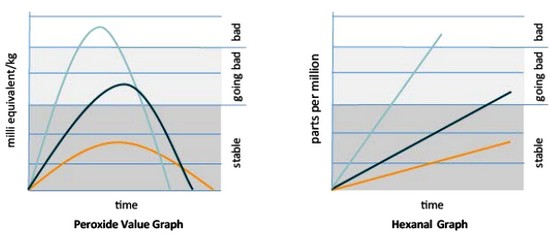
Figure 1: For a true and complete picture of oxidation and potential rancidity,measure both peroxide value and hexanal.
CONSISTENT PALATABILITY
Monitoring fat quality, measuring oxidation, implementing best-in-class manufacturing processes and appropriately applying antioxidants (time and level) are crucial aspects to achieve consistent palatability for dogs and cats.
by Han Laumen - AFB International
All Extruded
You could be interested: Delayed Dry Palatant Coating: Does it Affect Palatant Recovery Rate and Palatability?
About company
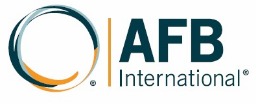
About company
WHAT WE DO
At AFB International, we develop and produce a full range of liquid and dry palatability enhancers. We use high-quality ingredients proven to optimize companion animal response and consumption.
Our specialty? Meeting your unique needs with custom support. Our worldwide staff of technical experts is ready to assist you with all aspects of palatability enhancement, from product development and testing to processing, logistics and more.
HOW WE WORK
Our successful customer relationships are built on clear, consistent communication—starting with really listening to understand your needs so we can respond quickly and effectively. And we keep listening. AFB scientists and technical service managers routinely travel to customer facilities to clearly understand the challenges at hand and the systems in place. Then we can recommend the best viable solutions.
OUR TEAM
AFB is dedicated to improving the health and wellness of companion animals worldwide through superior products and services. Our diverse, committed team works collaboratively to serve our clients. Get to know us—and let us know how we can help you!
HISTORY
AFB launched in 1986 and has grown to be the global science and technology leader in pet food palatability. Headquartered in St. Charles, Missouri, USA, AFB is a global company with state-of-the-art facilities in the United States, Argentina, Brazil, Mexico, the Netherlands, China, and Australia. AFB is a wholly owned subsidiary of Ensign-Bickford Industries, Inc., a privately held, family-owned, professionally managed technical business that traces its roots back more than 185 years.









